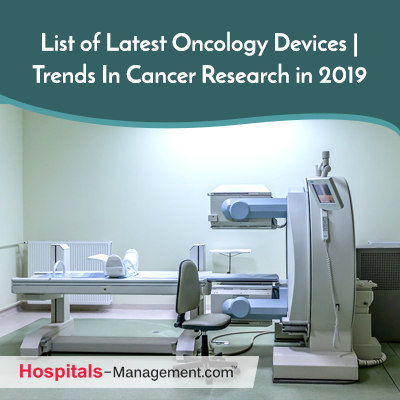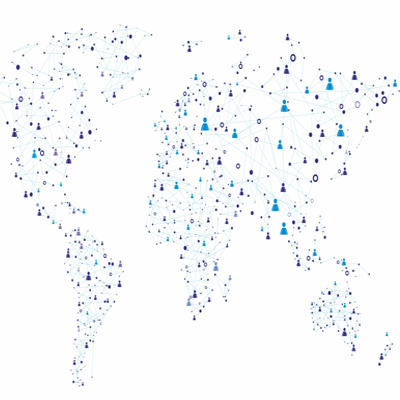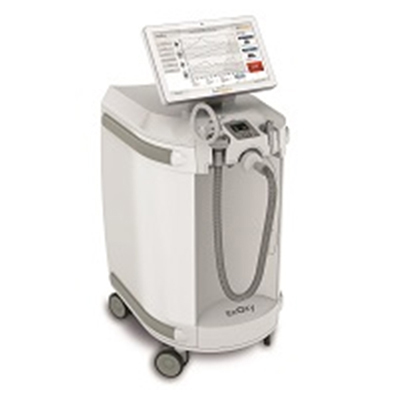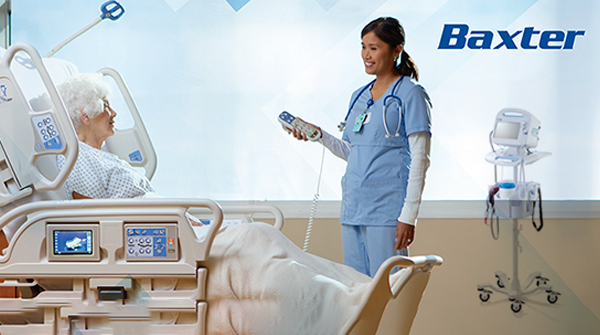Articles
List of Latest Oncology Devices | Trends In Cancer Research in 2019

Introduction
Oncology is the branch of medicine which deals with the management of cancer. There are no exact causes of this disease which makes it more potent but there are several risk factors.
This disease can occur in the human body due to various risk factors such as tobacco, lifestyle changes, and there are some cancer causing substances in the environment. They are present in air as well as water. Some of the examples include Arsenic, asbestos, benzene, cadmium etc.
Furthermore, obesity is directly related to cancer of breast, colon, rectum, endometrium, esophagus, kidney, pancreas etc.
Oncology Market Overview
According to gbiresearch report, global revenue for the oncology market is forecast to grow at a Compound Annual Growth Rate (CAGR) of 10.66% from US$118.6 billion in 2016 to US$241.0 billion in 2023.
There are various common etiologic factors that have been strongly characterized as raising the risk of developing cancer, including age, gender, chronic inflammation, gender, obesity, tobacco usage and heritable cancer syndromes.
There has been a shift towards developing targeted therapies such as mAbs and cell therapies. These therapies have less toxicity associated with their use and as a result they can be administrated to more cancer patients.
The most commercially successful oncology treatments are mAbs such as MabThera/Rituxan, Avastin and Herceptin.
List of Latest Oncology Devices
Oncology devices and diagnostics include a range of medical devices that assist patients and providers in screening, diagnosing, treating, and monitoring premalignant and malignant conditions.
Here is the list of latest Oncology devices:
1) BRACAnalysis CDx
Used to treat: Breast Cancer
BRACAnalysis CDx was the first FDA approved companion diagnostic for treatment in patients with ovarian cancer and metastatic breast cancer who have a germline BRCA1 or BRCA2 mutation.
2) therascreen EGFR RGQ PCR Kit
Used to treat: Non-small cell lung cancer
The therascreen EGFR RGQ PCR Kit version 2 is a molecular diagnostic kit for detection of exon 19 deletions, L858R, L861Q, G719X, S768I, exon 20 insertions, and the resistance mutation T790M in the EGFR gene using real-time PCR on the Rotor-Gene Q 5plex HRM instrument.
3) cobas EGFR Mutation Test v2
Used to Treat: Non-small cell lung cancer (tissue and plasma)
The cobas® EGFR Mutation Test v2 is a companion diagnostic test that supports IRESSA® as an additional therapeutic option for patients and gives physicians greater flexibility to make appropriate treatment decisions
4) PD-L1 IHC 22C3 pharmDx
Used to Treat: Non-small cell lung cancer, gastric or gastroesophageal junction adenocarcinoma, cervical cancer, and urothelial carcinoma
5) VENTANA PD-L1(SP142) Assay
Used to Treat: Non-small cell lung cancer and urothelial carcinoma
6) Abbott RealTime IDH1
Used to Treat: Acute myeloid leukemia
7) MRDx BCR-ABL Test
Used to Treat: Chronic myeloid leukemia
8) FoundationOne CDx
Used to Treat: Non-small cell lung cancer
9) FoundationFocus CDxBRCA Assay
Used to Treat: Ovarian cancer
10) cobas KRAS Mutation Test
Used to Treat: Colorectal cancer
11) INFORM HER-2/neu
Used to Treat: Breast cancer
Trends In Cancer Research in 2019
There have been great strides in diagnosing and treating various types of cancers in the previous years. Now, the question is, what can we expect to see from cancer research in 2019?
Here are the top trends in cancer research to look out for in 2019:
1) Immunotherapy
Immunotherapy is being applied everywhere, with several treatments approved for various cancer types, including CAR T-cells, immune checkpoint inhibitors and more in development such as tumor infiltrating lymphocyte (TIL) therapy.
According to a research, it is found that TILs has cleared all tumors from a woman with metastatic breast cancer.
2) Liquid Biopsy Tests
The liquid biopsy industry is expected to be worth over US$2 billion annually by 2022. The major aim is to diagnose cancer with a simple blood test more accurately.
Moreover, liquid biopsy tests have huge potential and 2019 brings more clarity about these tests that can fit into the diagnosis and care of people with cancer.
3) More focus on the side-effects of cancer treatment
Scientists have figured out why 'chemo brain' happens, which is one of the most commonly reported side-effects that cancer survivors experience.
4) Cancer and the microbiome
Several studies are showing that the microbiome can influence the response to chemotherapy drugs.
A report published in Nature Communications showed how a particular bacterial strain common in the human microbiome could influence the immune system to drive the progression of a currently incurable type of blood cancer called multiple myeloma.
5) Organoids, the new secret weapon in personalized cancer medicine
Organoids are tiny lab-grown organs that are made from patient tissue samples. They would revolutionize the treatment of cancer by allowing researchers to test drugs on patient tumors before deciding which to give the patient.
They have been the new secret weapons in personalized cancer medicine and they are involved in more lab-based cancer breakthroughs.
Tech advances will enable a paradigm shift
Due to the technological advances, oncology has been growing faster than other disease area. The ultimate goal of cancer treatment is to cure the disease. However, there is no guarantee in the current treatment of cure, and physicians are not able to diagnose the outcome of the following treatment.
This has resulted in extensive follow-up, and in many instances, patients suffer relapses requiring further treatments.
Panomics (Which is the range of molecular biology technologies including genomics, proteomics, Metabolomics, transcriptomics, etc or the integration of their combined use.) is gaining the momentum in the development of treatments and regimens, enabled by novel technologies.
It enables personalized therapy and a significantly higher cure rate for many cancers. Oncology patients can gain positive future with the advancements in genomics. Gene-editing techniques are enabling this process.
Advances in technology will progress diagnostic and monitoring capabilities, in turn enabling shifts in the oncology treatment paradigm
Novel technologies are potentially enabling curative therapies in the 2030 oncology paradigm:
This strategy helps to enhance patient's immune response, against specific components of cancer cells. These are identified via gene sequencing of each patient's tumor cells.
CRISPR-Cas9
Highly specific editing of the genome is possible with this technique. Recently, it has entered clinical trials in the oncology space with the aim of reprogramming immune cells to target and destroy tumor cells.
Oncolytic viruses
Potential applications have included tumor lysing treatments, inducers of innate immunity, anti-vascular agents and crucially, gene therapy vectors and are being investigated in a range of cancers.
Liquid biopsies
Monitoring of real-time changes that occur within the tumor is possible with a non-invasive techniques. These biopsies provide an ideal method to monitor treatment response.
3D printing
3D printing of cells to create physiological structures termed organoids, e.g. 3D printing of kidney nephrons, mimicking real organ function, can help to better predict the effects of novel treatments in humans.




